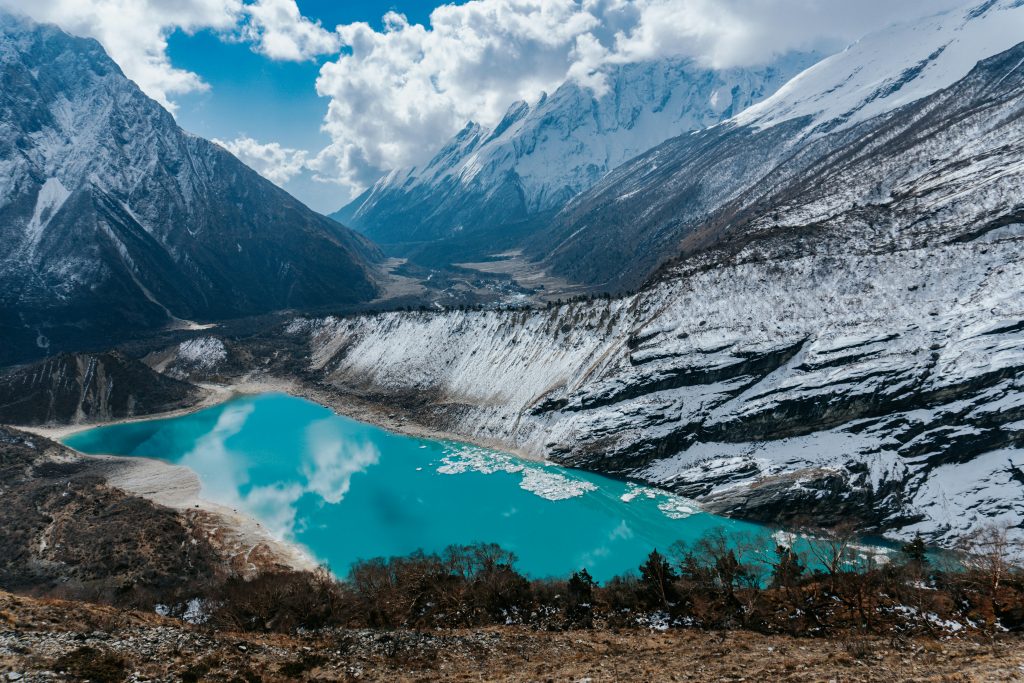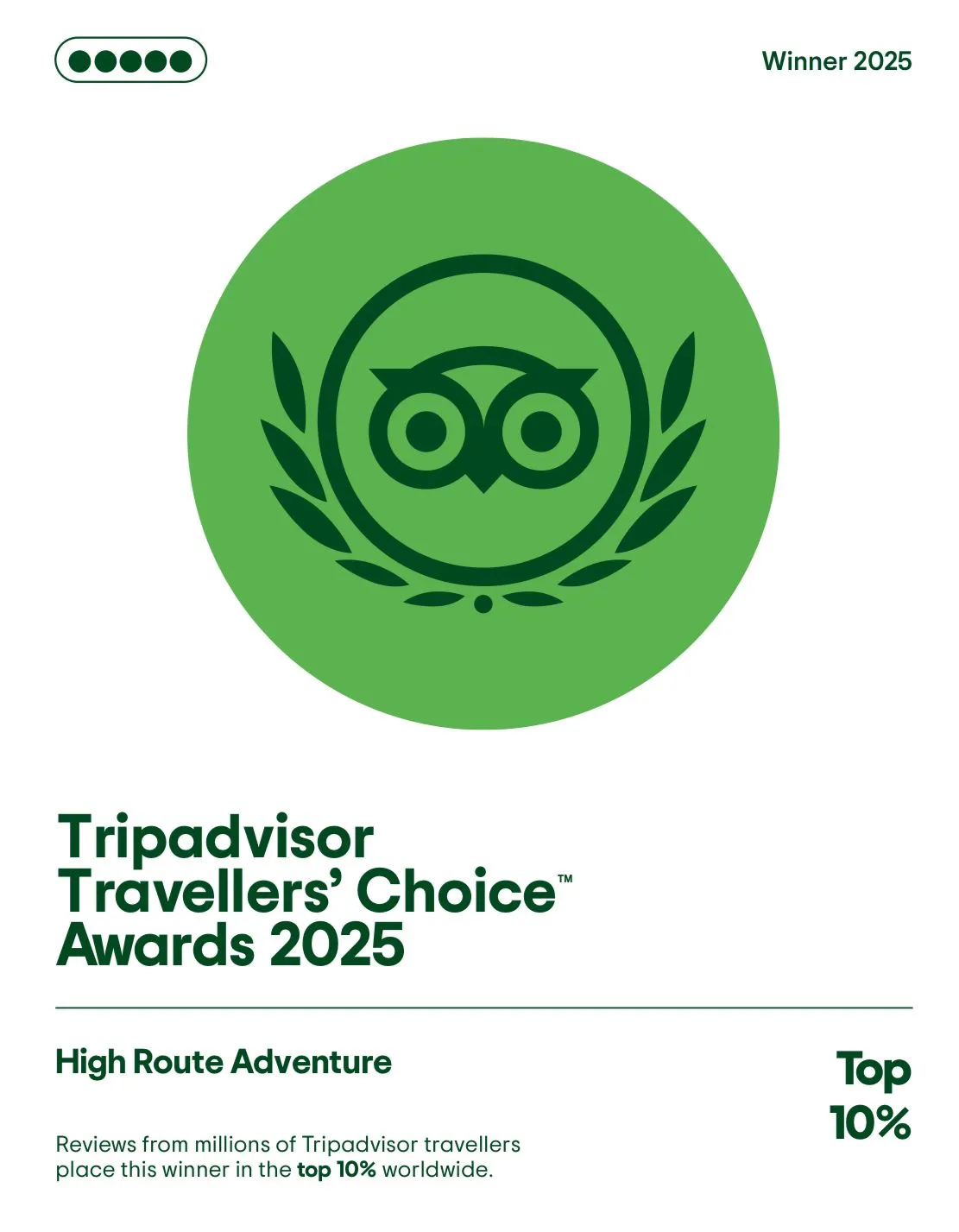When is the Best Time for the Manaslu Circuit Trek?

The majestic Manaslu Circuit Trek is considered one of the best off-the-beaten-path treks in Nepal. Although not as popular as the Annapurna Circuit or the Everest Base Camp trek, the Manaslu Circuit offers stunning mountain views and rich cultural experiences. As a responsible trekking company, we are often asked, “When is the best time for the Manaslu Circuit trek?”The Manaslu Circuit trek is possible from March to November, but the best time to undertake it is from September to November.
The monsoon rains start decreasing in September, leaving the mountains lush and green. The skies are clearer, providing unobstructed views of the Manaslu massif. The temperatures are moderate, making the trek relatively comfortable.
October is arguably the best month, with the clearest skies, the most stable weather, and relatively few trekkers on the trail. As winter approaches, snowfall increases on the Larkya La pass. So November is still a good time, but conditions in the past can be more challenging.
Join us on this spectacular trans-Himalayan journey! Read on to learn more about the best time for the Manaslu Circuit trek.
Check it out: Best Manaslu Circuit Trek Package with Tsum ValleyTable of Contents
Manaslu Weather and Temperature
| Month | Average Day Temperature | Average Night Temperature | Weather Conditions |
|---|---|---|---|
| January | 4°C – 8°C | -10°C to -5°C | Cold and snowy with clear skies; high altitudes very challenging. |
| February | 5°C – 9°C | -8°C to -4°C | Cold with occasional snow; clearer conditions as winter progresses. |
| March | 8°C – 12°C | -5°C to 0°C | Mild days with cool nights; blooming rhododendrons and clear skies. |
| April | 10°C – 15°C | 0°C to 5°C | Pleasant trekking weather; dry trails and stunning mountain views. |
| May | 12°C – 18°C | 4°C to 8°C | Warm days with cool evenings; haze may obscure distant views at times. |
| June | 15°C – 20°C | 8°C to 12°C | Warm but wet; monsoon season begins with heavy rains and humid conditions. |
| July | 16°C – 20°C | 10°C to 14°C | Peak monsoon; frequent rainfall, leeches, and poor trail conditions. |
| August | 16°C – 20°C | 10°C to 14°C | Continued monsoon with heavy rains; occasional landslides and cloudy skies. |
| September | 14°C – 18°C | 8°C to 12°C | Monsoon recedes; clearer skies and comfortable temperatures return. |
| October | 12°C – 16°C | 5°C to 8°C | Peak trekking season; crisp skies, cool evenings, and dry trails. |
| November | 8°C – 12°C | 0°C to 5°C | Cool temperatures with clear and stable weather patterns. |
| December | 5°C – 9°C | -8°C to -4°C | Cold and dry; snowfall likely at higher altitudes with shorter days. |
Best Time For The Manaslu Circuit Trek: A Seasonal Breakdown & Weather Tips
Autumn (Sep-Nov)

The autumn season after the monsoon is the best time for trekking the Manaslu Circuit. The rain clears out any clouds and pollution, providing stunningly clear views of the mountains. The autumn trekking season runs from September through November.
Manaslu weather and temperatures are relatively stable, making the journey more comfortable. The trails are also in their best condition during this time. While cooler than spring, the days are still warm, and the nights get colder.
Autumn is also a festive time, with the major Nepali festivals of Dashain and Tihar taking place. You can experience the rich culture of the local people during these events.
Many trekkers visit the Manaslu region in autumn, so the trails can be busy. However, the dry weather leads to successful trekking conditions. There is less chance of rainfall or snowfall and no threat of landslides.
Overall, autumn provides the safest environment for an amazing Manaslu Circuit trek.
You may Read: Manaslu Circuit Trek CostSpring (Mar-May)

The spring season from March to May is another favorable time for trekking the Manaslu Circuit. As everything comes back to life, spring is a time of renewal and blossoming. The warming temperatures make trekking quite comfortable.
Being the pre-monsoon season, there is a low chance of rainfall. Spring is one of the safest trekking periods without the risks of landslides or avalanches.
Temperatures gradually warm up as winter ends. The tea houses reopen after being closed for the winter months. With more trekkers arriving, the trails become livelier. The circuit is colored with seasonal flowers in bloom.
The glaciers start melting, and the fine weather and magnificent scenery draw in many trekkers. As a result, the trails can be quite busy with little privacy. You’re likely to meet many fellow trekkers along the journey during the spring.
Recommended For You: Manaslu Circuit Trek DifficultyWinter (Dec-Feb)
The winter months of December through February are the coldest time of year on the Manaslu Circuit. While days can be warm, temperatures decrease to freezing lows around -20 degrees after sunset.
Many local villagers migrate to lower elevations to escape the bitter cold during this time. With fewer people remaining behind, many tea houses close for the season. Heavy snowfall also blocks some of the passes along the trek. Even daytime temperatures stay cold after heavy snow.
The freezing temperatures cause lakes and other water sources to freeze over. Despite the challenges, winter provides heavenly views of snow-capped peaks and frozen lakes. For those seeking these stunning wintery sights, it’s the ideal time for trekking.
With fewer trekkers overall and closed tea houses, the circuit is more peaceful but also riskier in winter. Avalanches remain a threat at higher elevations. A professional guide is recommended for safety.
January is the coldest month of all. While not ideal, properly prepared winter trekkers can bundle up and enjoy the serenity. Pack plenty of warm clothing and gear to stay safe and comfortable.
Worth reading: How Do I Prepare for Manaslu Circuit Trek?Summer/Monsoon (June-Aug)
The summer monsoon season from June to August brings heavy rainfall, making it the most difficult time for trekking the Manaslu Circuit. With rain falling almost daily, trails become extremely slippery and muddy.
The constant precipitation causes water levels to rise, increasing threats of landslides and flooding. Trails often get blocked and flights canceled due to the nonstop rain.
Temperatures are hot before the rain provides relief. Humidity spikes and the rain washes away pollution. However, clouds cover natural views. Once the rains stop, some green vistas emerge.
Leeches and insects thrive, much to the annoyance of trekkers. Rainfall peaks in July, swelling river currents. With fewer trekkers, the trails are peaceful but risky.
Homestay discounts are offered in this low season. While appealing for rain lovers, we don’t recommend trekking in the monsoon due to hazardous conditions. It’s best to avoid the circuit during summer and instead plan for the safer fall trekking season.
Explore the blog: Training Tips for Manaslu Circuit TrekFinal Say
The Manaslu Circuit offers some of Nepal’s most stunning high mountain scenery. As we’ve covered, the prime time to trek on this incredible trans-Himalayan journey is during the post-monsoon autumn months of September through November. With clear skies, moderate temperatures, lush peaks, and cultural festivals, autumn offers ideal trekking conditions on the Manaslu Circuit.
While spring and winter treks are possible for well-prepared travelers, they present additional weather challenges. And summer monsoon rains make the circuit risky and likely impassable.
Contact High Route Adventure to book your trip of a lifetime now! Don’t miss your opportunity to conquer the Manaslu Circuit among the most stunning conditions Nepal has to offer.
More to Discover: Conquering Queries: A Guide to Manaslu Circuit Trek FAQs








